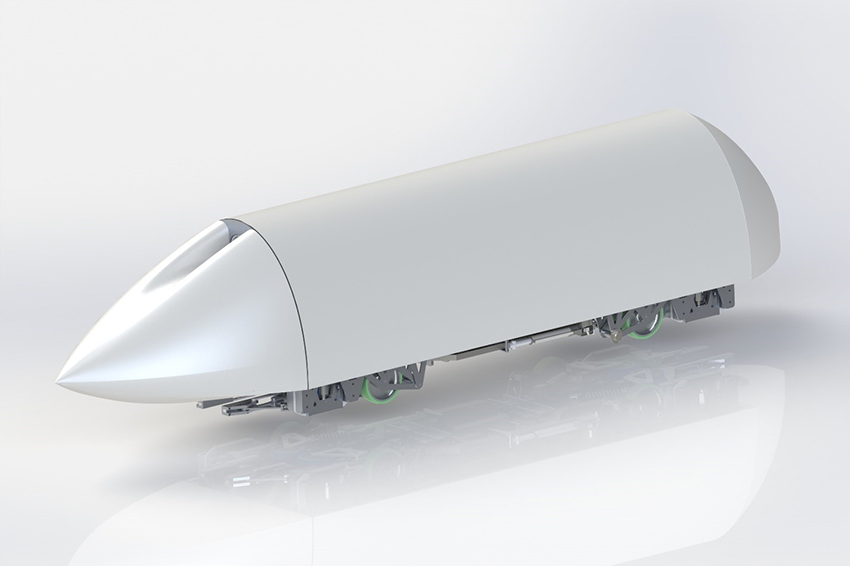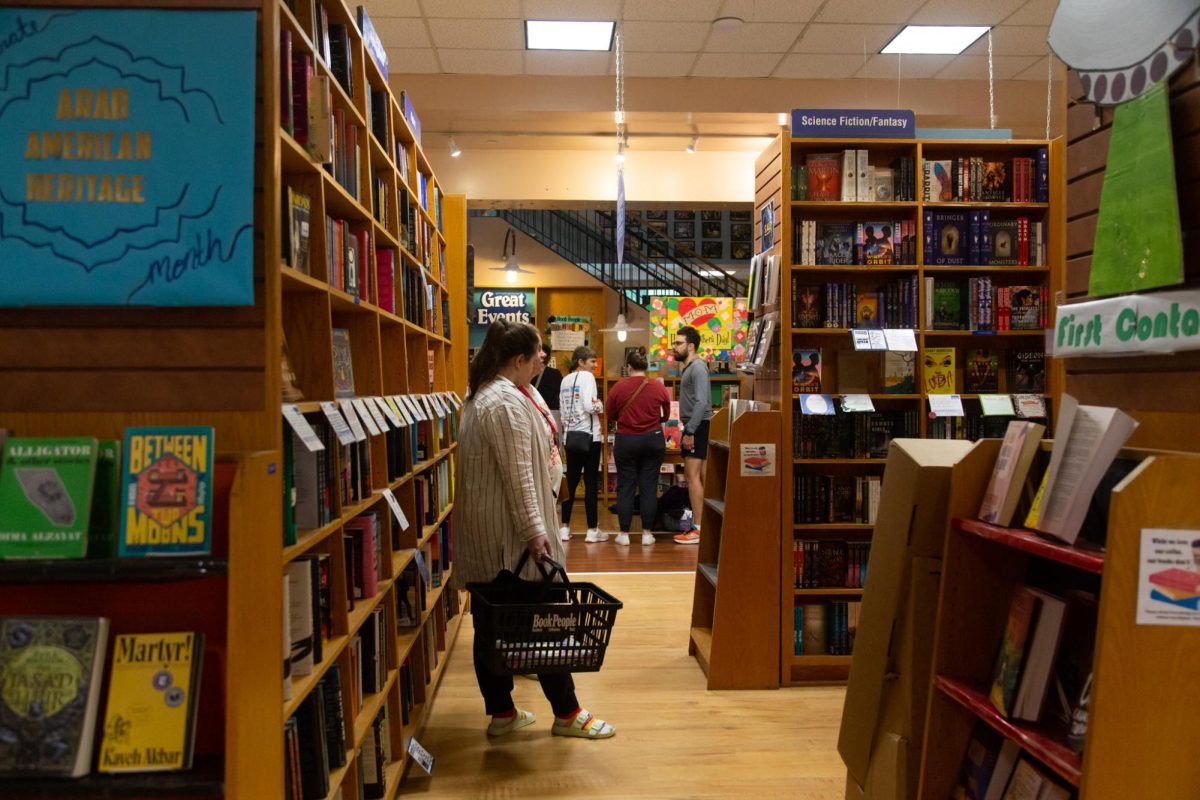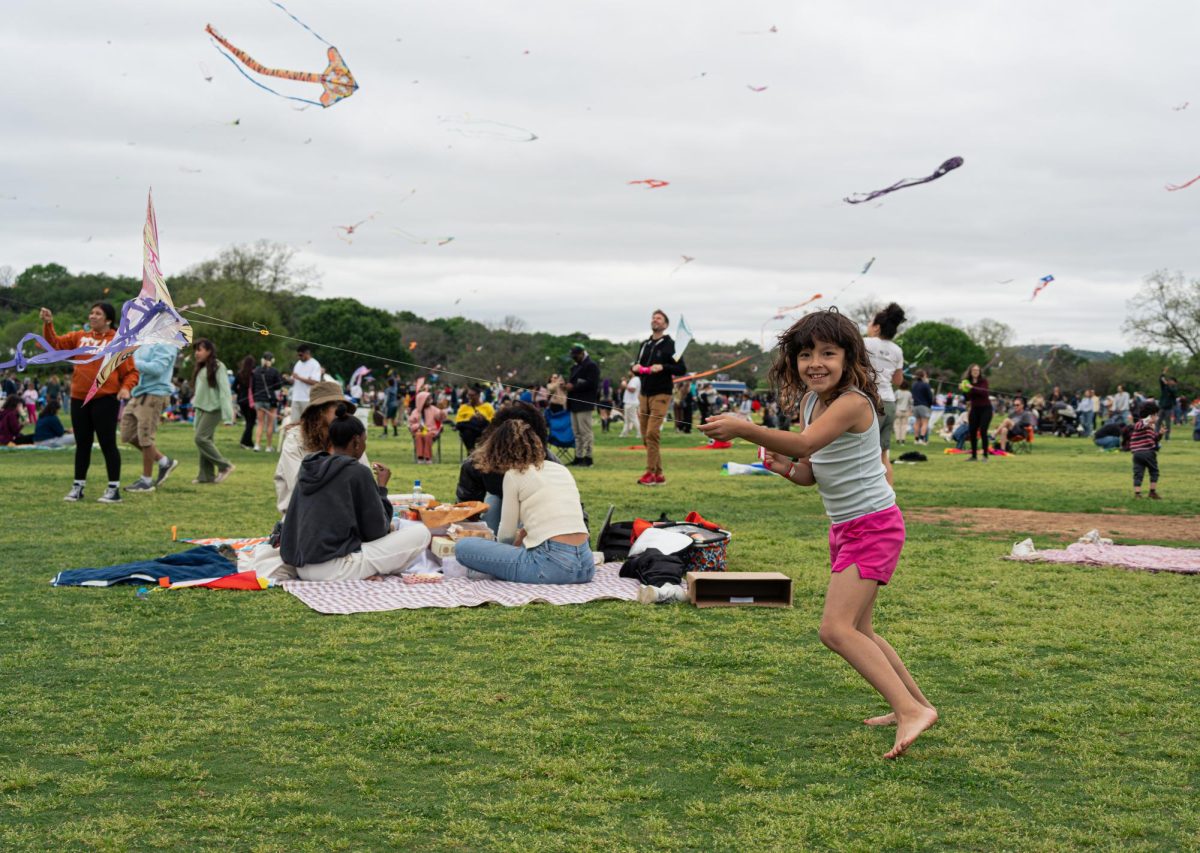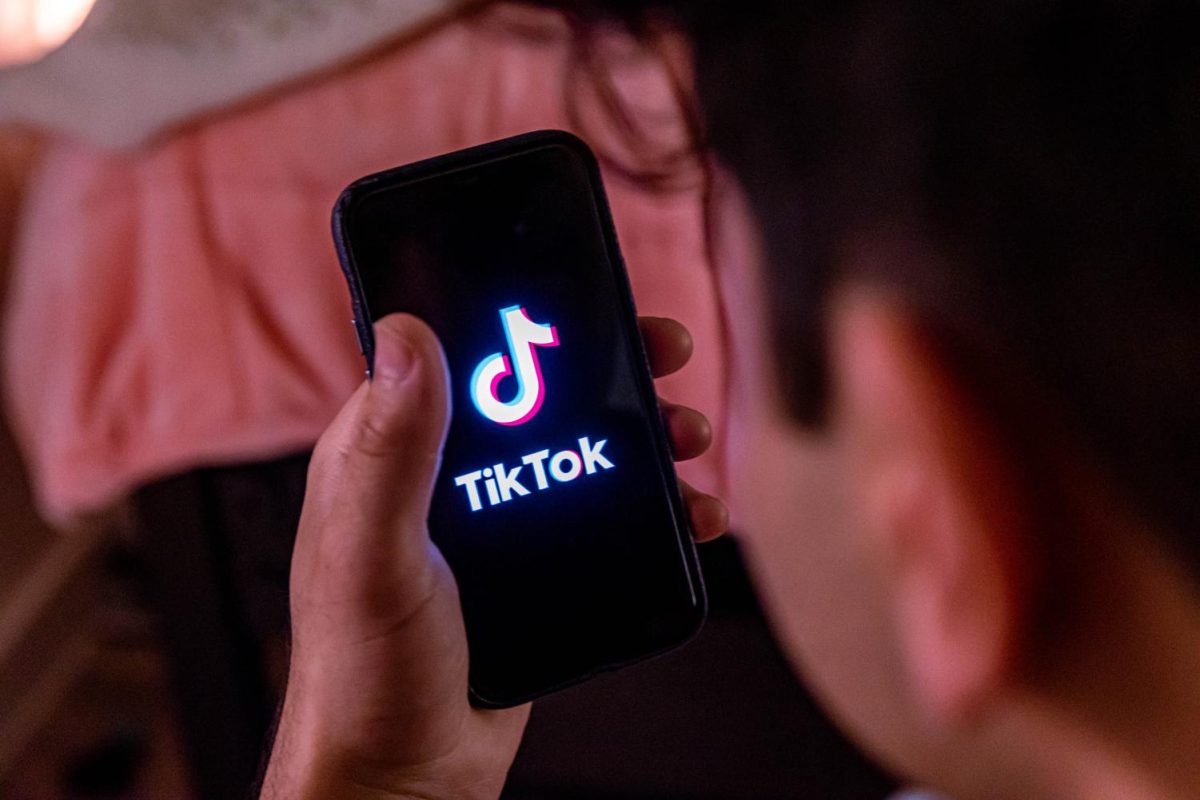Imagine being able to travel from Austin to Dallas in only 15 to 30 minutes. Two UT teams are currently trying to turn this into a reality through their innovations in transportation.
Hyperloop, a concept created by Elon Musk, founder and CEO of spacecraft manufacturing company SpaceX, is a transportation system where pods carrying goods and people travel through tubes at a high speed. On Aug. 25–27, UT teams Texas Guadaloop and 512 Hyperloop will be competing in the Hyperloop Pod Competition II in California along with 22 other teams from around the world to showcase their pods.
“We are extremely excited to bring our pod to Hawthorne and compete against other top teams,” said Sahar Rashed, aerospace engineering junior and one of the 512 Hyperloop team leaders. “Our eyes aren’t necessarily on the prize, but rather the adventure of being on the cutting edge of technology and the impact we could make in the future of high-speed transportation.”
SpaceX is hosting the competition for university students and engineering teams to build a Hyperloop Pod and operate it on a mile-long track. The competition will be judged solely on speed.
Christian Claudel, assistant professor of engineering and Texas Guadaloop’s faculty adviser, said Texas Guadaloop, unlike some of the other teams, made pretty much every system of their pod from scratch.
“You then get a weird combination of highly advanced electronics and systems in a Mad Max type environment,” Claudel said. “The team is not afraid to go beyond their level of comfort and does not hesitate to get their hands dirty on construction and implementation.”
512 Hyperloop chose to use magnetic levitation to make their pod levitate. Texas Guadaloop chose to use air-bearings instead, which Claudel says makes things more scientifically interesting and engineeringly challenging.
The first competition held in 2016 was judged on pod designs. Texas Guadaloop did not qualify for it, while 512 Hyperloop did.
“We didn’t get the funding and recognition we wanted after design weekend,” Rashed said. “But we learned a lot about how we could improve our pod.”
Deborah Navarro, UT alumna and Texas Guadaloop chief compliance officer, said that the team was still passionate about solving the Hyperloop problem and couldn’t just abandon working on it.
“We are setting a higher standard for incoming students and engineers,” Navarro said. “I want people at our university taking on bigger problems. I want more women to take on these problems as well.”
Although both teams have low-budget pods, they still lack the necessary funding to complete their pods and travel to California, which they are confident they will raise prior to the competition.
Rashed said $15,000 in funding has been put into 512 Hyperloop’s pod.
“(That) is the lowest budget for any pod competing in this competition,” Rashed said.
She said they could use about $1,000 more to transport and present their pod safely and effectively at the competition. They are also trying to raise $10,000 more to continue being a team this school year and perhaps compete again, in the following years to come.
For Texas Guadaloop, a minimum of $20,000 is still needed to complete the basic requirements of their pod. Some of the money could also be used to get their team and pod to California.
On July 29, Texas Guadaloop held a “Race to LA” fundraising event in hopes of raising additional funds for the competition.





















